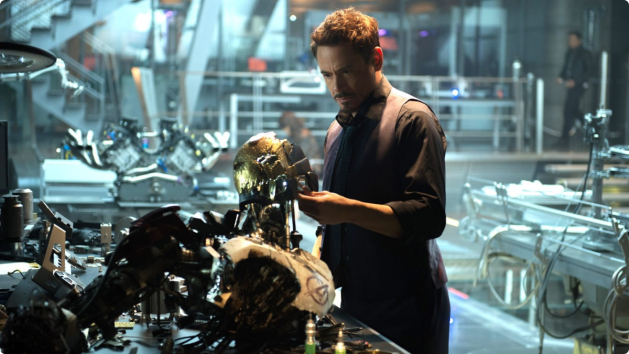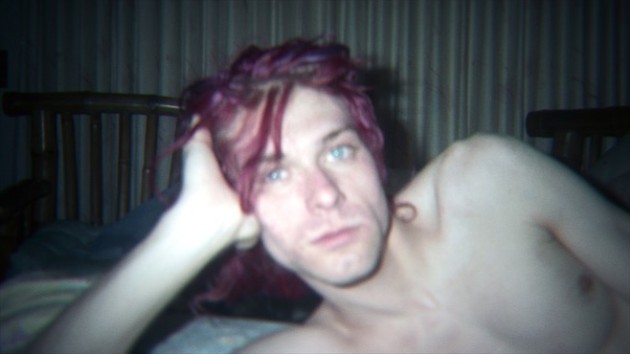‘Split’
February 9, 2017 Leave a comment

In 2002, Newsweek touted M. Night Shyamalan as the next Stephen Spielberg, “Hollywood’s hottest new storyteller.”
This was around the time of the release of “Signs,” Shyamalan’s deeply effective, layered, and intimate take on extraterrestrial invasions and crop circle conspiracies—it was also to be his final film to reach both critical and box office success, which after “The Sixth Sense” (iconic) and “Unbreakable” (ahead of its time) had become the norm for the young Philadelphian filmmaker.
After “Signs” came the jarring stumble of flop after critical flop, and as much as I myself enjoyed the much reviled “The Village,” even this lifelong Shyamalan fan couldn’t quite get on board with the pretentiousness of “Lady in the Water,” the awkward silliness of “The Happening,” and… well, I took a hard pass on his big-budget blockbusters “The Last Airbender” and “After Earth.”
Shyamalan never belonged in the arena of action flicks and summer blockbusters in the first place. That’s why the scaled down, found-footage creep-fest “The Visit” led to his first critical success (albeit, a minor one) in more than a decade. This restraint in ambition and scope is also what makes his newest film “Split” so enjoyable.
“Split” concerns the kidnapping of three young girls (Anya Taylor-Joy, Haley Lu Richardson, and Jessica Sula) by a man who suffers from multiple-personality disorder—to be precise, Kevin Wendell Crumb (James McAvoy) has 23 split personalities, including a 9-year-old boy named Hedwig, a British woman named Patricia, and a psychopath with OCD named Dennis.
The girls are held in an undisclosed underground facility and frequently tormented and bewildered by their captor’s behavior. Crumb’s various personalities share the duty of warning the girls of an impending 24th personality they call ”The Beast,” which they say demands a human sacrifice (or three). Crumb becomes a ticking time bomb, and as the girls try to form an escape plan, Crumb’s psychiatrist, Dr. Karen Fletcher (Betty Buckley), attempts to piece together his crumbling mental state and increasingly bizarre conduct, and reach the real Kevin hidden beneath his cluster of personalities (Dr. Fletcher refers to them as “the horde”) before it is too late and “The Beast” emerges to claim his victims.
In many ways, “Split” is classic Shyamalan in the way it explores big ideas on a noticeably small scale. In the same quiet, quaint way “The Sixth Sense” explored the afterlife, “Unbreakable” explored the possibility of real-life comic book heroes and villains, and “Signs” explored a global alien invasion, “Split” takes a fairly standard sort of thriller and suspense premise, and gradually evolves it into something darker, and more surprising, peculiar and far-reaching in its scope than expected. It’s a cleverer script than Shyamalan has written in a while, a slow burn that consistently ratchets up the tension and peels away the layers of its mystery without ever really succumbing to the “Shyamalan twist ending” trope for which the writer/director has become known over the years.
That’s not to say that there isn’t some silliness scattered throughout “Split.” There is a good bit of pseudoscientific mumbo jumbo and sometimes some frustrating character behavior but, fortunately, veteran actress Betty Buckley is able to deliver much of the “scientific” material in the film with complete graveness and sincerity. I suspect her role in the movie will become more tragic on repeat viewings—I can’t reveal why, but trust me: she absolutely nails the role.
Casting McAvoy was a Shyamalan coup, as the versatile English actor is game when it comes to playing a guy with 20+ personalities. His stellar performance also helps to save the film from diving into complete nonsense. Taylor-Joy, who starred in last year’s brilliant gothic horror film “The Witch,” also brings a vital urgency to her character, whose development features what is certainly the darkest story thread Shyamalan has ever written.
While “Split” isn’t quite up to par with Shyamalan’s best work, it shows that he is still capable of making enjoyably quirky stylistic and storytelling choices while also showing restraint. With a knockout of an ending that will lead true Shyamalan fans to rejoice, “Split” is the closest thing yet to a full Shyamalan renaissance, a definite reminder and revitalization of the promise he once showed with his earlier films.
★★★ (out of 4)

